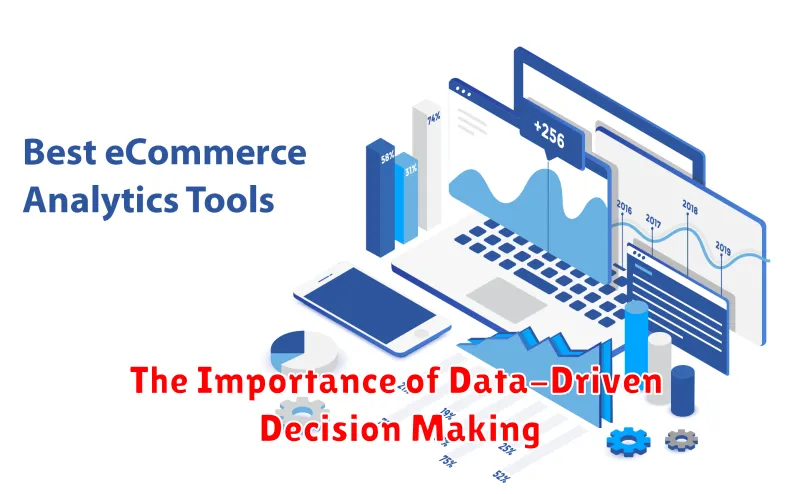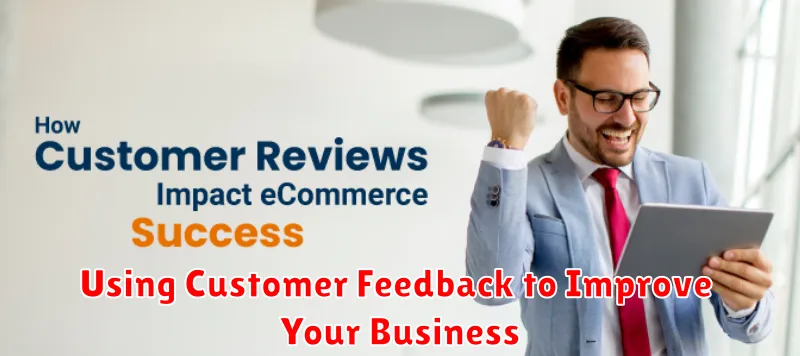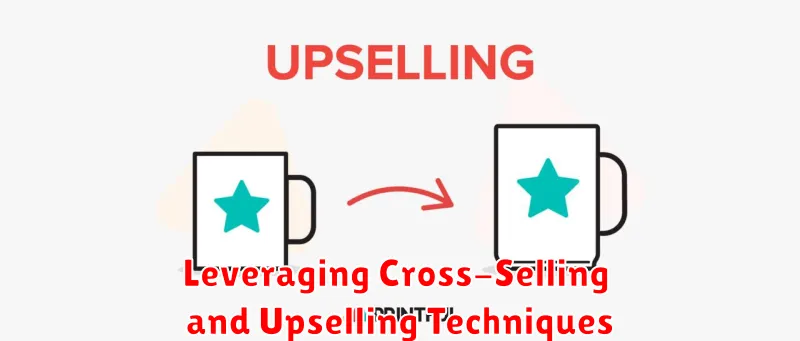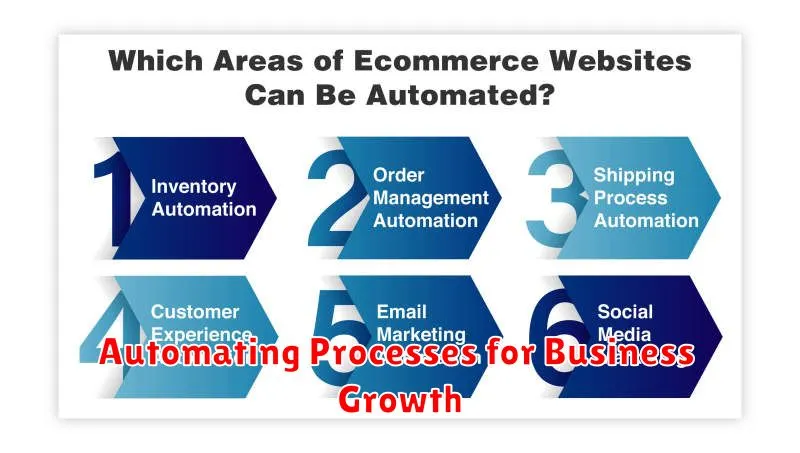Are you ready to take your e-commerce business to the next level? This comprehensive guide on e-commerce growth strategies will equip you with the knowledge and actionable steps needed to successfully scale your online store. We’ll explore proven techniques to boost sales, optimize your marketing efforts, enhance customer experience, and ultimately achieve sustainable e-commerce growth. Learn how to leverage data-driven insights, implement effective SEO strategies, and master the art of digital marketing to unlock the full potential of your online business and dominate the competitive e-commerce landscape.
The Importance of Data-Driven Decision Making

In the competitive landscape of e-commerce, relying on intuition alone is insufficient for sustained growth. Data-driven decision-making is crucial for scaling your online store effectively. By analyzing key performance indicators (KPIs) such as website traffic, conversion rates, customer acquisition costs, and average order value, you gain valuable insights into your business’s performance.
This data allows for informed strategic choices. For example, understanding which marketing channels deliver the highest return on investment (ROI) allows for optimized resource allocation. Analyzing customer behavior reveals opportunities for improving website usability, personalizing the shopping experience, and tailoring product offerings to meet specific customer needs. Data-driven insights minimize risks associated with guesswork, maximizing efficiency and profitability.
Furthermore, consistently monitoring data analytics facilitates the identification of emerging trends and potential problems early on. This proactive approach allows for timely adjustments to marketing strategies, inventory management, and customer service protocols, ensuring your online store remains agile and responsive to the ever-changing e-commerce environment. Ultimately, embracing data-driven decision-making is essential for achieving sustainable growth and achieving long-term success in the competitive world of online retail.
How to Optimize Your Website for Higher Conversions
Optimizing your e-commerce website for higher conversions is crucial for scaling your online store. Focus on these key areas:
User Experience (UX): A seamless and intuitive website experience is paramount. Ensure fast loading speeds, easy navigation, and a mobile-friendly design. Clear calls to action (CTAs) guide users towards desired actions.
Product Pages: High-quality product photography and detailed, compelling product descriptions are essential. Include customer reviews and address potential concerns proactively.
Search Engine Optimization (SEO): Optimize your website for relevant keywords to improve organic search rankings and drive more traffic. On-page SEO techniques, including keyword research and meta descriptions, are key.
A/B Testing: Continuously test different versions of your website elements (e.g., headlines, CTAs, images) to identify what resonates best with your audience and maximizes conversions.
Shopping Cart Optimization: Make the checkout process as simple and straightforward as possible. Offer multiple payment options and provide clear shipping information. Minimize cart abandonment by implementing reminders and incentives.
By focusing on these key optimization strategies, you can significantly improve your website’s conversion rate and drive substantial growth for your online store.
Using Customer Feedback to Improve Your Business

Customer feedback is invaluable for e-commerce growth. Actively soliciting and analyzing this feedback provides crucial insights into areas needing improvement.
Implement multiple feedback channels, such as post-purchase surveys, product reviews, and social media monitoring. This allows you to gather a comprehensive understanding of customer experiences.
Focus on analyzing both positive and negative feedback. Positive reviews highlight what’s working well, while negative ones pinpoint areas for immediate attention. Identify recurring themes and patterns to understand widespread issues.
Act on the feedback received. Prioritize addressing negative feedback and use positive feedback to reinforce successful strategies. Show customers that their opinions matter by implementing changes based on their input.
Regularly monitor and measure the impact of changes made based on customer feedback. This allows for continuous improvement and ensures that your business remains customer-centric.
By actively engaging with customer feedback and using it to guide your decisions, you can significantly improve customer satisfaction, loyalty, and ultimately, your bottom line.
How to Expand Your Product Line Effectively
Expanding your product line can significantly boost your e-commerce growth. However, haphazard expansion can lead to wasted resources. Careful planning is crucial.
First, analyze your existing customer data. Identify best-selling products and understand customer demographics and purchasing behavior. This will inform your expansion strategy.
Next, identify potential new product categories. Consider products that complement your existing offerings or tap into related market segments. Market research is essential here to validate demand and avoid introducing products that won’t sell.
Thorough product testing is vital before a full launch. This could involve pre-orders, limited releases, or focus groups. Gather feedback to refine your product and marketing strategies.
Finally, implement a phased rollout. Don’t overwhelm your operations by launching too many new products at once. A gradual approach allows for better control and minimizes risk.
By following these steps, you can effectively expand your product line, increasing revenue streams and strengthening your overall e-commerce presence.
Leveraging Cross-Selling and Upselling Techniques

Cross-selling and upselling are powerful e-commerce growth strategies that significantly boost revenue. Cross-selling involves suggesting complementary products to customers, while upselling encourages purchases of higher-priced or premium versions of items already in their cart.
Effective implementation requires a deep understanding of your customer base and product catalog. Data analysis is crucial; identifying patterns in purchasing behavior allows for personalized recommendations. Strategically placing suggestions on product pages, in cart summaries, and post-purchase confirmation screens maximizes exposure.
For cross-selling success, carefully curate product pairings. Consider using visually appealing displays and compelling descriptions highlighting the benefits of bundled items. For upselling, clearly articulate the value proposition of the premium option, focusing on superior features and benefits. Offer limited-time discounts or bundles to incentivize upgrades.
Careful A/B testing of different approaches is vital. Track conversion rates for various strategies to optimize your cross-selling and upselling campaigns. Continuously analyze data and refine your techniques to maximize their impact on your bottom line.
How to Manage Inventory Efficiently
Efficient inventory management is crucial for e-commerce growth. Accurate forecasting is the first step, predicting demand based on historical sales data, seasonal trends, and market analysis. This allows you to order the right amount of stock, minimizing storage costs and preventing stockouts.
Implementing a robust inventory management system (IMS) is essential. An IMS provides real-time visibility into stock levels, enabling you to track sales, monitor low-stock items, and automate reordering processes. Consider using software that integrates with your e-commerce platform for seamless data flow.
Regularly conduct inventory audits to reconcile your physical inventory with your system records. This helps identify discrepancies, preventing losses due to theft, damage, or inaccurate tracking. Furthermore, optimizing your warehouse space and implementing efficient storage solutions can streamline your operations and reduce handling times.
Finally, embrace data-driven decision making. Analyze sales data to identify best-selling products and slow-moving items. Use this information to adjust your purchasing strategies, optimize pricing, and potentially phase out underperforming products.
Automating Processes for Business Growth

Automating key processes is crucial for e-commerce growth. It frees up valuable time and resources, allowing your team to focus on strategic initiatives instead of repetitive tasks.
Consider automating tasks such as order fulfillment, inventory management, and customer service. Utilizing tools like order management systems and chatbots can significantly improve efficiency and reduce operational costs.
Marketing automation is also key. Automating email marketing campaigns, social media posting, and ad targeting allows for personalized customer interactions and efficient campaign management, leading to increased sales and customer retention.
By strategically automating these processes, you can achieve significant scalability, handle increased order volumes with ease, and ultimately drive substantial business growth.
Scaling Your Marketing Efforts for Maximum Sales
Scaling your marketing effectively is crucial for e-commerce growth. It involves strategically increasing your reach and impact without proportionally increasing your costs. Focus on identifying your most effective channels and optimizing their performance before expanding into new ones.
Automation is key. Leverage marketing automation tools to streamline repetitive tasks like email marketing, social media posting, and ad campaigns. This frees up your time to focus on strategic initiatives. Data-driven decisions are paramount; track key metrics (conversion rates, customer acquisition cost, ROI) to understand what’s working and what isn’t.
Consider expanding your marketing channels gradually. If social media marketing is proving successful, increase your budget and experiment with different ad formats or platforms. Similarly, explore new avenues like influencer marketing or content partnerships once you have a solid foundation in your existing channels. Remember to A/B test different approaches to continually optimize your campaigns.
Retargeting is a powerful tool. Reconnect with website visitors who didn’t make a purchase through targeted ads and email campaigns. This can significantly boost conversion rates and improve your return on investment. Finally, invest in building strong customer relationships through personalized communication and exceptional customer service. This fosters loyalty and encourages repeat business, significantly contributing to long-term sales growth.

